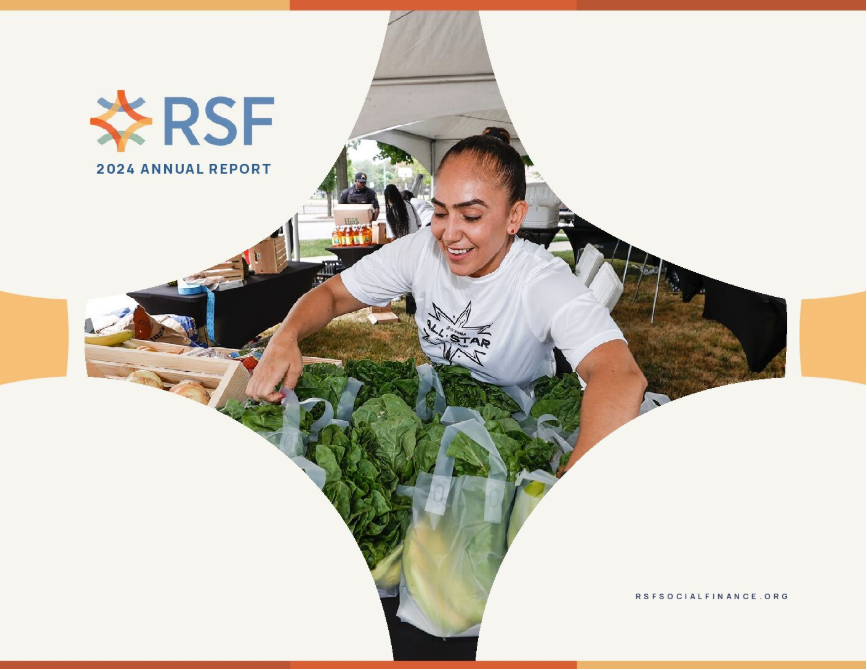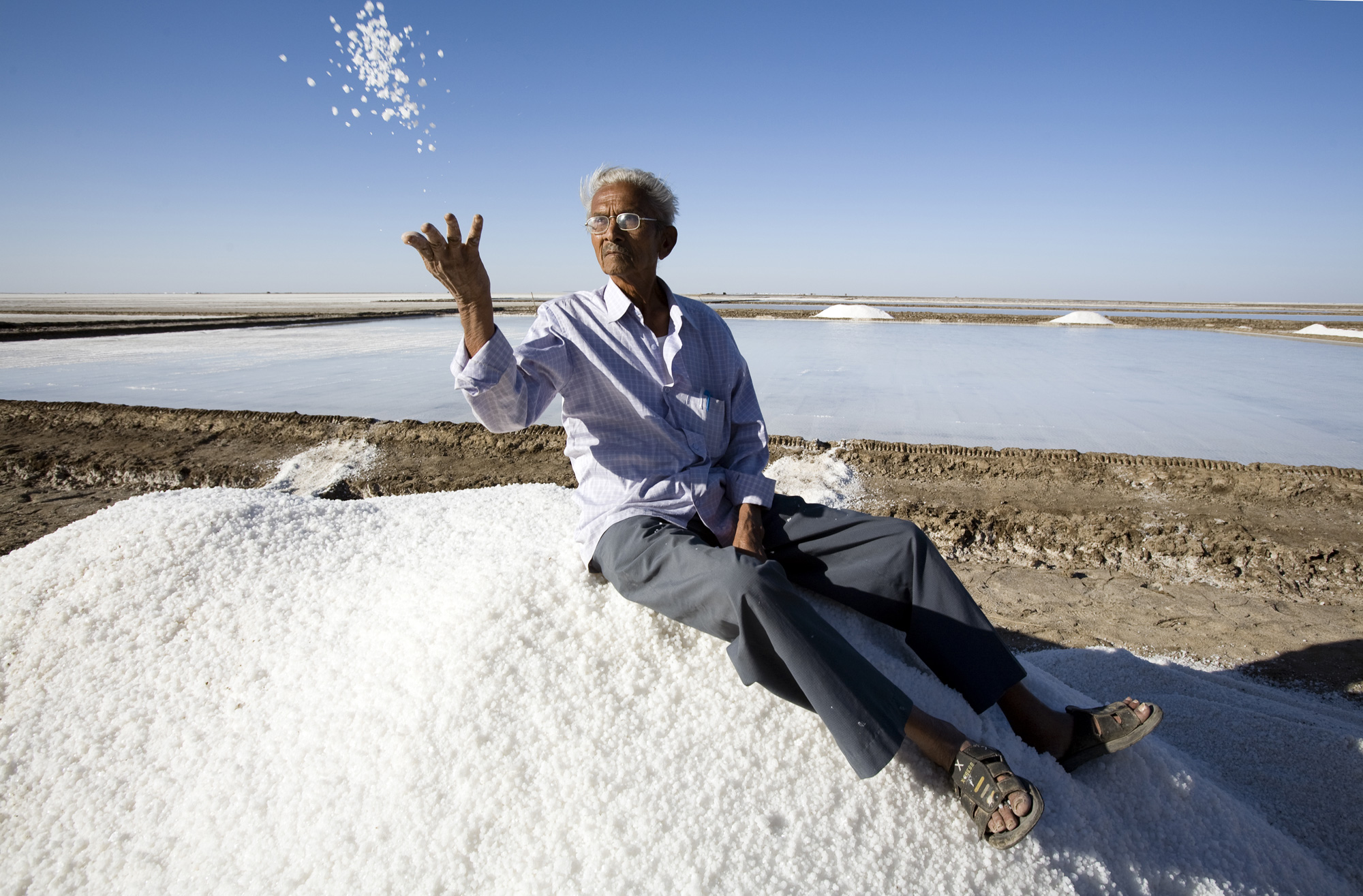As I write about the intersection of money and spirit, I realize I have been conditioned throughout my biography to consider them as discrete – and it is thus a challenge and transformative indiscretion to speak of a connection between the two. I do not think it would be fair to characterize money and spirit as being in opposition, as they often are. Such a polarity would dishonor the genius that devised money in the first place. So, let me make a bold statement: Money is an inspired invention to account for and store value in order to free up enterprising people to serve each other and communities in the realm of economics.
As a device, money circulates so that individuals (and organizations) have the resources to bring their particular capacities into the economy for the overall well-being of the community (however one might want to define that). One result is that people’s material needs are met, although that only encompasses the tangible part of an economy. One might say the spirit of money lives on, not in the objects that denote it such as paper bills and coins, but rather in how it passes hands, with what understanding and agreements, and through what transactional rituals. For example, if I look at my economic self, I imagine that my personal inspiration – that which motivates me – adds value to the circulation of money, because of my intention of service. It is also an essential part of my process to be as sure as possible that the other party’s needs are met. This requires an additional reflective, evaluative, loop-closing step in the transaction process – all of which might come under the descriptive heading of reciprocity. This transactional process goes beyond any document commemorating the agreement to a living recognition of those involved in the transaction and the value of the relationship. In other words, through our transactions we become part of each other’s stories. This is a radically different construction of a transaction than we are conditioned to understand.
The power of money to subjugate rather than free us was at the center of Keith Haring’s monumental mural installation entitled The 10 Commandments (1985). Haring’s genius was that he communicated so much through limited graphic means. He did not set out to illustrate the biblical commandments literally. Instead, he based the paintings on his recollected experience of them as they play out in contemporary society. For example, he rather pointedly illustrated the degree to which money had become a false idol. We see the hand from above (a reuse of the early medieval trope of referencing God through the hand) tantalizing the hands below with a $0 bill. The hands from below are trembling, clamoring for the money though it has no value. The work is a direct commentary on how money has become a thing and an article of faith unto itself, devoid of spirit, and instead surrounded with projection of power, angst, and self-interest. It is no wonder that this and its accompanying paintings made people uncomfortable. The simplicity, accuracy, and directness of the critique can leave one unnerved and with two primary responses – denial, or a thorough renegotiation of one’s relationship to money.
In a second panel, the notions of money and media are conflated as a kind of double currency which is exercising power over the imitative behavior of the figures. One could assume that the television (as the stand-in for all media) has assumed the role of the god-like hand in the first panel.
The question remains, how might we reclaim the spiritual in money (and in ourselves) at the intersection of the two? Let me recount a brief interlude I had with my son recently when he asked me for some money. As I gave him the bills, he asked if there were any strings attached. Before I launched into the whole derivation of that expression from the world of marionettes, I found myself saying: “The money has no strings attached, it is the string.” This was met by the usual look of consternation. What I meant by the statement is that as money circulates, it carries with it intentions, agreements (hopefully), and a glimmer of the history of human consciousness. This string image is about what connects rather than controls or (in the case of marionettes, manipulates) us. This is a picture of interdependence. Of course, one can attach “strings” to money in the form of expectations or demands, but this comes with an obligation to make those expectations transparent and for the agreements to be accepted from a place of equality. Even if we create our own currencies and exchange systems, we will never escape the necessity of multi-lateral agreements as a basis for circulation.
Reclamation can begin with asking how I can use my money in a way that increases the value to all parties in the transaction. Engaging in the reflective processes needed to know this internally, and then engaging with others, will help to locate one at the intersection of money and spirit; the intangible aspects of transactions will then be enlivened alongside the ones traditionally accounted for. Keith Haring portrays the shadow side of our relationship to money. His works serve as a kind of warning. Painted 25 years ago they seem prescient. However, engaging in a transformative process is worth the effort and can help with renegotiating one’s relationship with money in order to see the spirit in it.
By John Bloom
John Bloom is the former Director of Organizational Culture at RSF Social Finance.


